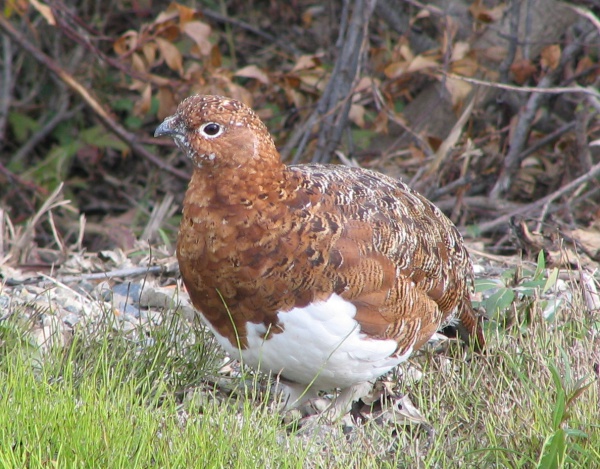Facts About Willow ptarmigan
The willow ptarmigan, also known as the willow grouse or red grouse in certain regions, belongs to the grouse subfamily, Tetraoninae, within the pheasant family, Phasianidae. This bird can be found across northern Europe, Scandinavia, Siberia, Alaska, and Canada. One of its remarkable characteristics is its ability to change plumage with the seasons—donning brown, mottled feathers in the summer and turning white in the winter for camouflage.
Willow ptarmigans prefer breeding habitats such as forests and moorlands. In the spring, they lay their eggs in ground scrapes, and both parents tend to the precocial chicks, which are relatively mature and mobile from the moment they hatch. Their diet is primarily herbivorous, consisting of leaves, flowers, buds, seeds, and berries.
These birds are medium to large in size, with a deep chest, broad bill, and a moderately short tail. They can be distinguished from the rock ptarmigan by their larger size and different habitat preferences. Though predominantly plant eaters, young willow ptarmigans may also consume insects.
Male willow ptarmigans are highly territorial and engage in courtship displays during the breeding season. They are monogamous, remaining with a single mate, and the males help care for the young. However, the species faces several challenges, such as predation, adverse weather, and disease, which can result in low survival rates for the chicks. Despite these difficulties, the population of willow ptarmigans often fluctuates. By September, juveniles typically form flocks and migrate to lower altitudes for the winter.
The willow ptarmigan is widely distributed across boreal regions and is classified as a species of "Least Concern" by the IUCN, due to its broad range and an estimated population of around forty million individuals. This resilient bird has adapted well to its tundra habitat and has remained relatively unchanged since the Pleistocene era.

 Norway
Norway